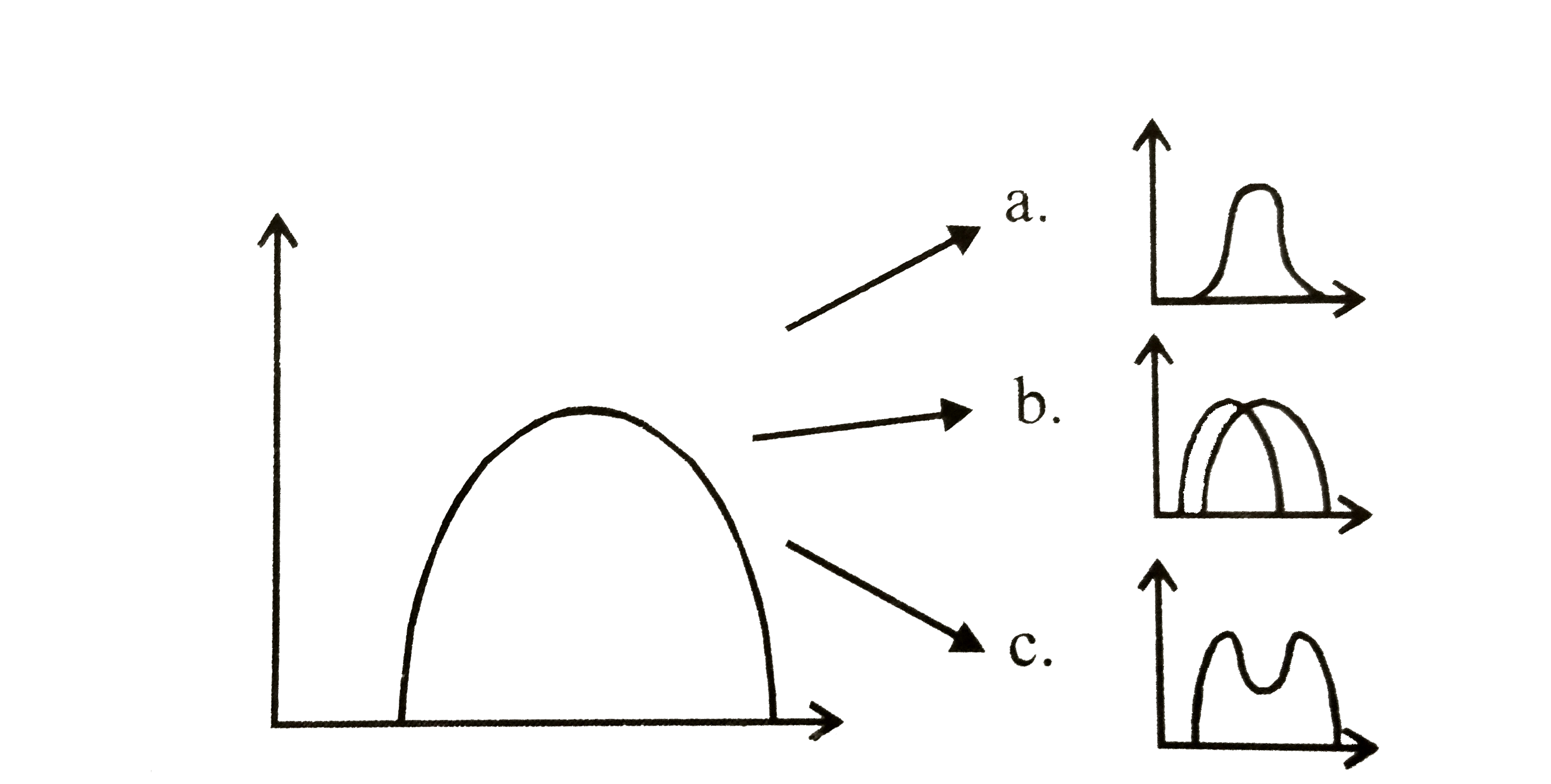Give a graphic representation of carbon cycle in nature.
Step-by-Step Solution for the Carbon Cycle Representation
1. Identify the Main Components of the Carbon Cycle:
- The carbon cycle consists of various processes that circulate carbon through the environment, primarily in the form of carbon dioxide (CO2).
2. Inputs of Carbon Dioxide:
- Burning of Fossil Fuels: This includes the combustion of coal, oil, and natural gas, which releases CO2 into the atmosphere.
- Respiration: Both plants and animals respire, releasing CO2 as a byproduct.
- Decomposition: Microorganisms break down dead organic matter, releasing CO2.
- Volcanic Eruptions: Volcanoes release CO2 and other gases into the atmosphere.
- Combustion: This includes forest fires and other forms of burning that contribute to CO2 levels.
3. Outputs of Carbon Dioxide:
- Photosynthesis: Plants absorb CO2 from the atmosphere and convert it into glucose, releasing oxygen as a byproduct.
- Chemical Combination and Seepage: CO2 can dissolve in oceans and form carbonic acid, which can lead to sedimentation in the form of calcium carbonate (limestone).
4. Graphic Representation:
- Draw a diagram showing:
- Atmospheric CO2: Represented as a cloud or gas in the atmosphere.
- Inputs: Arrows pointing towards the atmosphere from fossil fuel combustion, respiration, decomposition, volcanic eruptions, and combustion.
- Outputs: Arrows pointing from the atmosphere to plants (photosynthesis) and to oceans (dissolution).
- Oceans: Draw a large body of water indicating it as the main reservoir of carbon.
- Sedimentation: Show sedimentation in the ocean leading to the formation of limestone or dolomite.
5. Labeling: Clearly label each component of the cycle, including the processes and reservoirs involved.
- The carbon cycle consists of various processes that circulate carbon through the environment, primarily in the form of carbon dioxide (CO2).
- Burning of Fossil Fuels: This includes the combustion of coal, oil, and natural gas, which releases CO2 into the atmosphere.
- Respiration: Both plants and animals respire, releasing CO2 as a byproduct.
- Decomposition: Microorganisms break down dead organic matter, releasing CO2.
- Volcanic Eruptions: Volcanoes release CO2 and other gases into the atmosphere.
- Combustion: This includes forest fires and other forms of burning that contribute to CO2 levels.
- Photosynthesis: Plants absorb CO2 from the atmosphere and convert it into glucose, releasing oxygen as a byproduct.
- Chemical Combination and Seepage: CO2 can dissolve in oceans and form carbonic acid, which can lead to sedimentation in the form of calcium carbonate (limestone).
- Draw a diagram showing:
- Atmospheric CO2: Represented as a cloud or gas in the atmosphere.
- Inputs: Arrows pointing towards the atmosphere from fossil fuel combustion, respiration, decomposition, volcanic eruptions, and combustion.
- Outputs: Arrows pointing from the atmosphere to plants (photosynthesis) and to oceans (dissolution).
- Oceans: Draw a large body of water indicating it as the main reservoir of carbon.
- Sedimentation: Show sedimentation in the ocean leading to the formation of limestone or dolomite.
Topper's Solved these Questions
- BOOK - ICSECHAPTER - ISC BOARD PAPER (2019 -BIOLOGY)EXERCISE - PART-II ( SECTION-B)18videos
ISC BOARD PAPER (2019 -BIOLOGY)
- BOOK - ICSECHAPTER - HUMAN REPRODUCTIONEXERCISE - SOURCE BASED QUESTIONS22videos
HUMAN REPRODUCTION
- BOOK - ICSECHAPTER - MICROBES IN HUMAN WELFAREEXERCISE - COMPETITION CORNER (OBJECTIVE TYPE QUESTIONS (ASSERTION AND REASON TYPE QUESTIONS))15videos
MICROBES IN HUMAN WELFARE
Similar Questions
Give a graphic representation of phosphorus cycle in nature.
View SolutionGive a graphic representation of the C3 cycle.
View SolutionGive a graphical representation of the C4 cycle.
View SolutionHow does carbon occur in nature ?
View SolutionGive the graphical representation of Boyle.s law and Charles.s law .
View SolutionIn a frequency distribution, ogives are graphical representation of (a) Frequency (b) Relative frequency (c) Cumulative frequency (d) Raw data
View SolutionIn the given diagrammatic representation of operation of natural selection, identify a,b and c
 View Solution
View SolutionExplain the oxygen cycle in nature.
View SolutionThe cause of water cycle in nature is :
View SolutionBritish geneticist R.C. Punnett developed a graphical representation of gentic cross called "Punnett Square". Mention the possible result this representation predicts of the genetic cross carried.
View Solution
